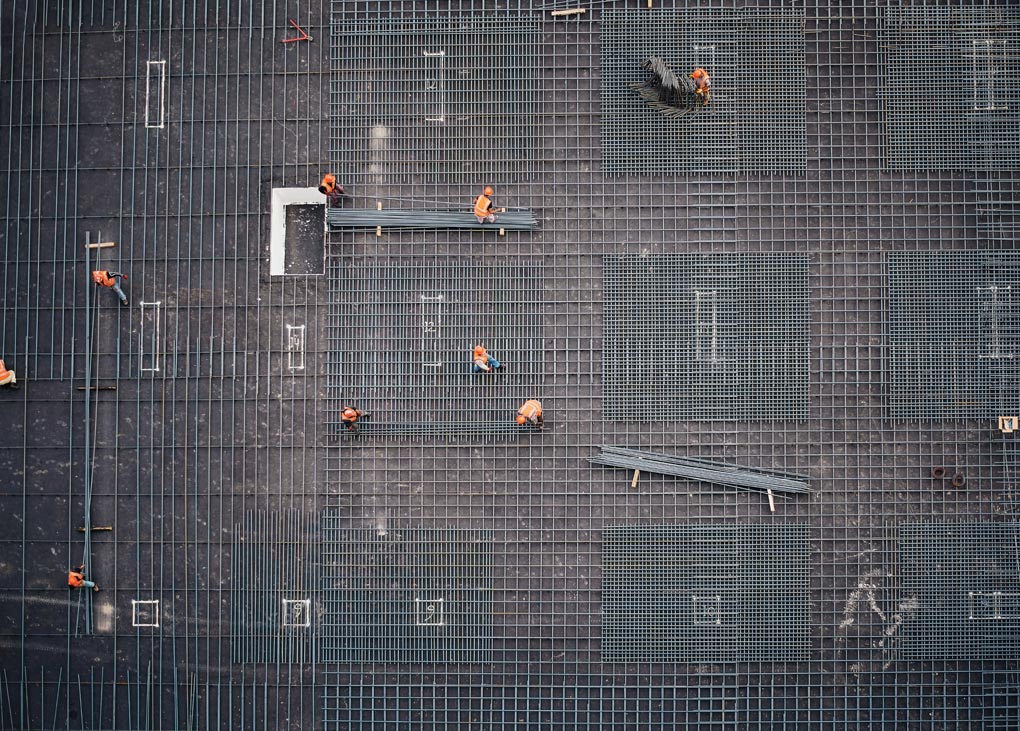UNSW experts have produced a guide to help the construction industry achieve net zero in the built environment by 2040, contemplating not only operational emissions, but also embodied carbon and the entire life-cycle of building materials.
Race to Net Zero Carbon: A Climate Emergency Guide for New and Existing Buildings in Australia details information about materials and construction best practices to help architects, engineers and planners transform the building industry towards net zero carbon buildings.
“The guide provides a deeper level of knowledge on how this sector can rapidly move towards net zero carbon buildings in the short term,” says lead researcher Professor Deo Prasad. “Using science-based evidence and analytics, the guide offers a clear roadmap to achieving net zero by 2040 in the building industry. It goes beyond the aspirational and into the achievable.”
A complete view of net zero
Prof. Prasad notes that the guide includes an aspect of “net zero” that is attracting growing attention: embodied emissions.
“Historically, most professionals have only focussed on reducing the operational carbon footprints of buildings,” says Prof. Prasad.
“There are significant amounts of emissions embedded in the materials and construction of the building itself and these need to be addressed and offset in order for our built environment to be truly net zero.
“Our guide goes deeper than just operational offsetting. It illustrates a ‘whole of life’ approach to buildings – considering where building material comes from, how they are transported to the construction site, and so on.”
Prof. Prasad says the best way to minimise the embodied carbon footprint is by retrofitting and reducing materials in use. If that’s not possible, employing low-carbon materials such as green steel and concrete alternatives during the construction process is best – as detailed in the guide.
The guide also details post-life opportunities for buildings destined to be demolished – creating opportunities to expand the circular economy.
“Buildings don’t have a cradle to grave life-cycle,” says Prof. Prasad. “It’s more like cradle to cradle. Materials from demolished buildings can go on to have a future life through recycling and reuse.”
Building and construction sector must lead
Although the global community is aiming for net zero by 2050, Prof. Prasad points out that some sectors, such as building construction, will need to reach the target much earlier to compensate for hard-to-abate sectors.
“The building sector has much greater potential and opportunity to reach net zero operational emissions by 2030 and a 60 per cent reduction in embodied carbon by 2030,” he says. “These are the goals our guide aims to achieve.”
And Prof. Prasad says there is another lever required to make net zero possible.
“Governments should mandate net zero construction codes, which will push for best performance to achieve net zero,” he says. “They should lead by example and ensure all public buildings are net zero carbon and provide subsidies and rebates to incentivise change.
“It’s not only about eliminating worst practices. It’s about adopting best practices, which, policy-wise, is also economically the right thing to do,” Prof. Prasad says.
“Most countries will be looking at low embedded carbon products, technologies and systems in the future. The government needs to see this as an opportunity to become a leader by promoting innovation in this space.”
Race to Net Zero Carbon: A Climate Emergency Guide for New and Existing Buildings in Australia is available for free download from the UNSW website.
Photo by Saad Salim on Unsplash
 Mark Vender
Mark Vender


Leave a Reply